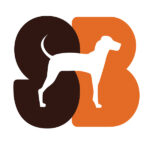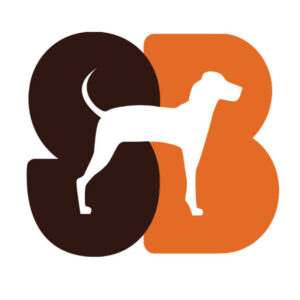
AI tool research for retail startup
Project for:
Takeoff Technologies
In this project, the design team brought us in to better understand their clients’ concerns so that they could create a uniform platform. We conducted qualitative research for their AI tool.

Expertise
We conducted qualitative user interviews as well as user testing for this project.

Client
Takeoff Technologies creates automated grocery solutions through micro-fulfillment. Its solution is AI-driven.

Timeline
We worked with QDS for more than three years on a weekly basis, providing dozens of feature enhancements.
Challenge
Understand client concerns
The client wanted to create a uniform platform that would meet all their customers needs, however there are several concerns they wish to address before moving to development in earnest.
- Customers say they don’t completely trust the data given by the client
- Each customer has specific needs that are not uniform across the industry
- Because each customer company is organized differently, the user personas are unclear
Solution
Interview inventory planners
Our team at Standard Beagle applied our qualitative research expertise to solve the issues blocking the development of the platform.
Our Goals
- Find the origin of customers’ distrust.
- Get a clear picture of the user personas the client was missing.
- Understand the users’ task flows and recommend how to accommodate it into the platform.

Impact
We were able to validate the client’s assumptions through the AI tool research

New client insights
From our interviews, we determined the persona’s most common role within a company, the departments they communicate with, the data they oversee, how they utilize the platform, and their major pain points.

Client trust
Users felt they could not trust the data from the client. They acknowledged the data inconsistencies stemmed from their own data, but also admitted the client did not have access to all data points they deemed important.
We recommended that our client provide access to data in order to give accurate data to their customers.
Free Download
Why UX translates to product profits
Download our free guide in PDF format to see how UX can help your product team improve customer retention and profits.





